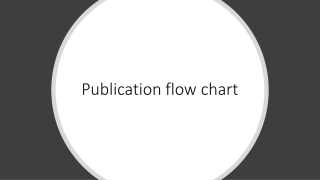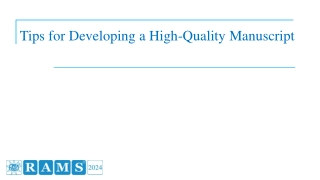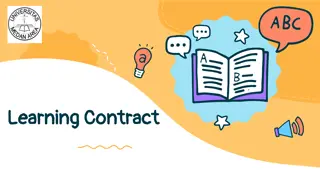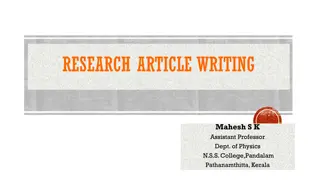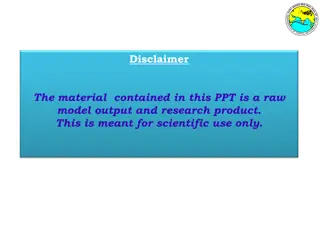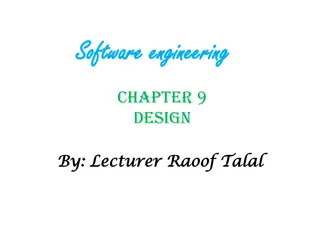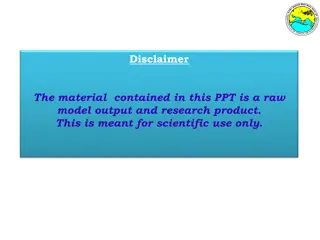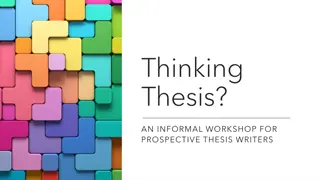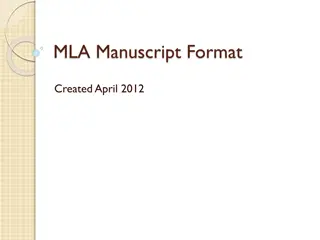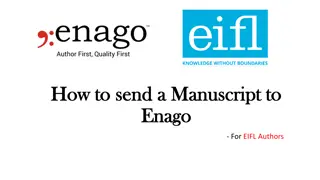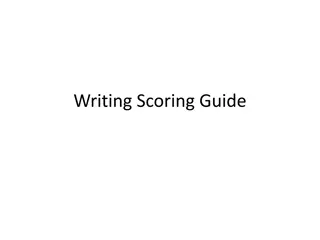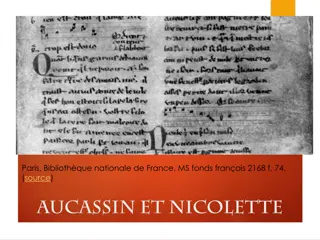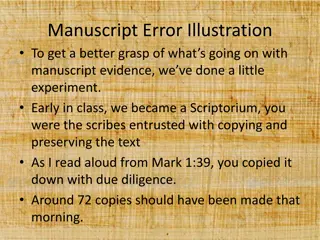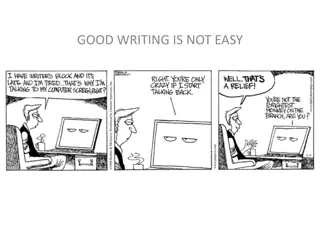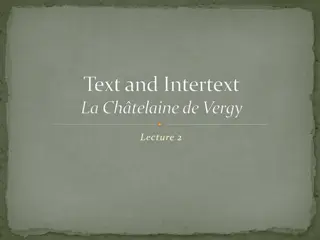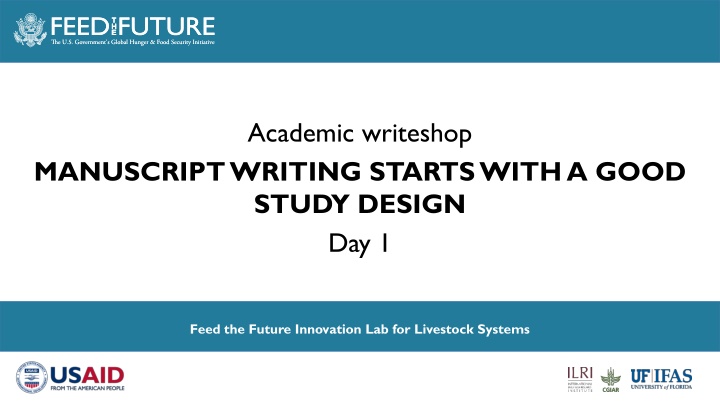
Essentials of Good Study Design for Research Success
Learn the key components of a good study design for successful research, including formulating research questions, theory development, and avoiding bias. Understand the importance of a well-defined problem statement and a simple yet predictive theory in conducting quality research. Explore the characteristics of a reproducible, applicable, powered, rigorous, unbiased, and cited study design.
Download Presentation

Please find below an Image/Link to download the presentation.
The content on the website is provided AS IS for your information and personal use only. It may not be sold, licensed, or shared on other websites without obtaining consent from the author. If you encounter any issues during the download, it is possible that the publisher has removed the file from their server.
You are allowed to download the files provided on this website for personal or commercial use, subject to the condition that they are used lawfully. All files are the property of their respective owners.
The content on the website is provided AS IS for your information and personal use only. It may not be sold, licensed, or shared on other websites without obtaining consent from the author.
E N D
Presentation Transcript
Academic writeshop MANUSCRIPT WRITING STARTS WITH A GOOD STUDY DESIGN Day 1 Feed the Future Innovation Lab for Livestock Systems Photo Credit Goes Here
To write a good research article, you first of all do good research and for that you must have in the back of your mind what science is, and how it is best carried out. The writing itself should be the final step in a long process that starts with formulating a research question, followed by performing the right experiments to collect a coherent dataset that answer this question. Proper interpretation and designing graphs and tables to best present the data are not trivial either. Only when you have an outline consisting of the graphs and tables in the correct order and a few points you want to mention about each of these, does it make sense to start writing Benno ter Kuile, 2024
WHAT MAKES A GOOD STUDY DESIGN Discussion: List characteristics of a good study/research design Capturing ideas on the flipchart
WHAT MAKES A GOOD STUDY DESIGN (2) Well formulated research problem and question(s) Key characteristics of a study design REPRODUCIBLE Well-defined theory or conceptual framework APPLICABLE POWERED Embedded in scientific integrity and ethics RIGOROUS Applied best practices for collecting, analyzing, and presenting data UNBIASED CITED Considered and tailored to readership / audience
A WELL-FORMULATED RESEARCH QUESTION OR PROBLEM Every research project has a main question it attempts to address: Clearly states the problem What is unknown about your subject but worth knowing? Not too broad and not too narrow Researchable All methods applied is designed to answer that question. Supported with rigorous analytics A well formulated research question is the foundation stone of any research. Source: ter Kuile, 2024
WHAT DEFINES A GOOD THEORY? A theory must explain the observations by putting them into a framework in a way that also has predictive value. A good theory remains as simple as possible while still accommodating all experimental observations. Occam's Razor: The principle that the simplest explanation, with the least elements and fewest assumptions, is preferable over more complex alternatives. Source: ter Kuile, 2024
Outliers vs. Leverage points
INTERPRETATION (Ideally) scientific arguments are about interpretation of data and measurements. Both sides agree on what is known and not known but argue about how to interpret and understand the outcome of the research. In science valuable insights are sometimes obtained by combining two mutually exclusive concepts. A scientific hypothesis cannot be proven but can be rejected if not confirmed by the data. A hypothesis is accepted until rejected. A good dispute is healthy for science! Source: ter Kuile, 2024
SCIENTIFIC INTEGRITY Code of Conduct SCIENCE IS BUILT ON HONESTY AND RELIABILITY Do not fabricate Do not falsify Do not plagiarize Source: ter Kuile, 2024
LETS STOP ON DO NOT FALSIFY There are many variants from the intentional to the innocent. Not a single data point or set of observations can be removed without being reported because they don t fit in the theory or even in the pattern of other data unless an experimental error has been identified.
TRUTH AND TRUTHFUL Faking data is not only unethical it also deprives you of the most interesting findings. The processing and reporting of data must be done with utmost care. A report is true if real measured data and actual observations are reported, and truthful if they are reported in such a manner that the reader gets the right notion and is guided to draw the correct conclusions. In science, the separation between facts and interpretation matters even more. Source: ter Kuile, 2024
ETHICAL CONSIDERATIONS Authors responsibilities Informed consent, confidentiality/anonymity, voluntary participation, deception, risk of harm, accuracy in analysis and reporting are some of the core ethical principles that must be considered and planned for designing and carrying out research. Adhere to reporting standards Ensure data access and retention Ensure originality and acknowledgement of sources No multiple, redundant or concurrent publications Ensure confidentiality Authorship of the paper Acknowledge the use of generative AI and AI-assisted technologies in scientific writing and in figures, images and artwork Ethical Review Committees are research bodies within research/academic institutions that review all research proposals to ensure adherence to ethics, and, above all, protection of human subjects or animals. Check publisher s Guide for Authors and or the International Council of Medical Journal Editors (ICMJE) and Consolidated Standards of Reporting Trials (CONSORT) which are gold standards for publishing scientific work.
COLLECTING, ANALYZING & PRESENTING DATA Collecting Analyzing Presenting A process of gathering and measuring information on variables of interest, in a systematic way to answer a stated research question, test hypotheses, and evaluate outcomes. A process of systematically applying statistical and/or logical techniques to describe and illustrate, condense and recap, and evaluate data. A process of comparing two or more data sets with visual aids, e.g., graphs, tables, figures Stand-alone Professional Strong captions
WHO ARE THE READERS? No two specialists know the exact same things. Try to imagine which information must be considered generally known and what needs to be mentioned even to experts in the field. Broader readership often requires different writing style and type, e.g., Review Article.
DISCUSSION (15 MIN) Working in pairs: Find your pair and discuss Good study design facilitates publication Which characteristics of a good study design make publication easier? Develop a list and be ready to share Regroup: Pairs share their list and key points are captured on the flipchart
DISCUSSION (15 MIN) Work in groups: Form groups and discuss the meaning of the above statement in each group "Authorship starts with data collection" Do you agree or disagree, and why? Regroup: Groups present their discussion and whether they reached a consensus Key points captured on the flipchart
ADDITIONAL RESOURCES Helicopter science series at the University of Florida https://internationalcenter.ufl.edu/research/challenging-helicopter-science Scroll down to find Helicopter Science Workshop Series (Spring 2023 Semester). You can view recording and PowerPoint presentations. Guidelines for assigning authorship (a Livestock Systems Innovation Lab blog) s.ifas.ufl.edu/lsil/2024/07/11/guidelines-for-assigning-authorship/
Feed the Future Innovation Lab for Livestock Systems https://livestocklab.ifas.ufl.edu/ https://livestocklab.ifas.ufl.edu/ (Subscribe to newsletter) livestock-lab@ufl.edu livestock-lab@ufl.edu (Send questions or comments) Disclaimer This work was funded in whole or part by the United States Agency for International Development (USAID) Bureau for Resilience, Environment and Food Security under Agreement # AID-OAA-L-15-00003 as part of Feed the Future Innovation Lab for Livestock Systems. Additional funding was received from Bill & Melinda Gates Foundation OPP#060115. Any opinions, findings, conclusions, or recommendations expressed here are those of the authors alone.

